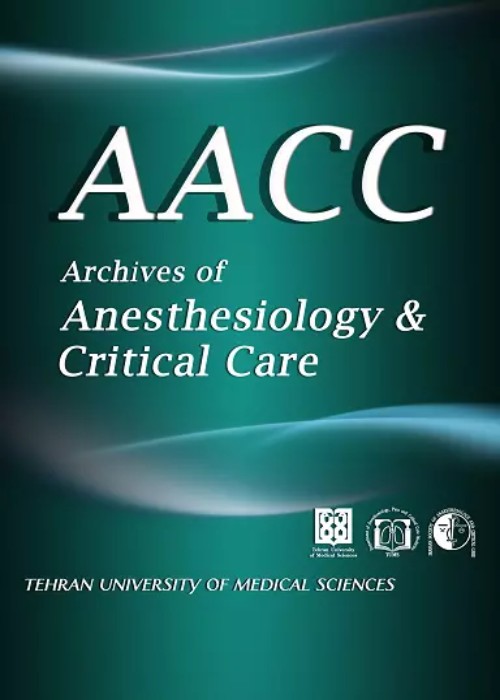Utility of High Flow Nasal Oxygen versus Non-Invasive Ventilation in Severe Covid-19 Pneumonia: Retrospective Comparative Analysis and Assessment in Present Scenario Patients
The pandemic of COVID-19 since its beginning has created havoc all-round the globe. The role of oxygen therapy remains constant. Various modalities have been studied for oxygen delivery to hypoxic patients but high flow nasal oxygen (HFNO) has lately gained importance in terms of non-invasive oxygen delivery, easy administration and great improvement in patient’s recovery. We conducted this retrospective analysis with the primary objective of looking for the proportion of patients who were successfully weaned off of HFNO or non-invasive ventilation (NIV) and the secondary aim was to look for duration of hospital stay and its effect on clinical recovery based on laboratory parameters.
All patients, positive for COVID-19 infection by real-time reverse transcriptase polymerase chain reaction (RTPCR) were admitted to covid ICU or ward with oxygen requirement and were treated with either NIV or HFNO were enrolled for the study. Patients were grouped under H group (HFNO) or N group (NIV). Daily ABG readings, chest x-ray, respiratory rate, hemodynamic parameters and urine output were noted on 12 hourly intervals. Any changes in above parameters along with need for intubation were assessed.
Patients from both the groups showed significant improvement in their oxygen saturation by the fifth day of their treatment.Fourteen patients from the NIV group and 10 from the HFNO group had saturation >90% by Day 5. Of those who presented with saturation of <85%, 2 out of 5 in the NIV group (40%) and 1 of the 2 patients in the HFNO group (50%) showed improvement in their oxygen saturation. The P/F was statistically comparable (p 0.928) in both groups. The levels of bio markers, and the improvement was comparable and correlated with clinical improvement as well.
We conclude that though HFNO is accepted better than NIV, the improvement in the respiratory status of the patient was comparable with both the treatment modalities and hence we do not recommend use of HFNO, especially in a situation of gross deficit of oxygen availability as compared to the exponential rise in the demand.
- حق عضویت دریافتی صرف حمایت از نشریات عضو و نگهداری، تکمیل و توسعه مگیران میشود.
- پرداخت حق اشتراک و دانلود مقالات اجازه بازنشر آن در سایر رسانههای چاپی و دیجیتال را به کاربر نمیدهد.


